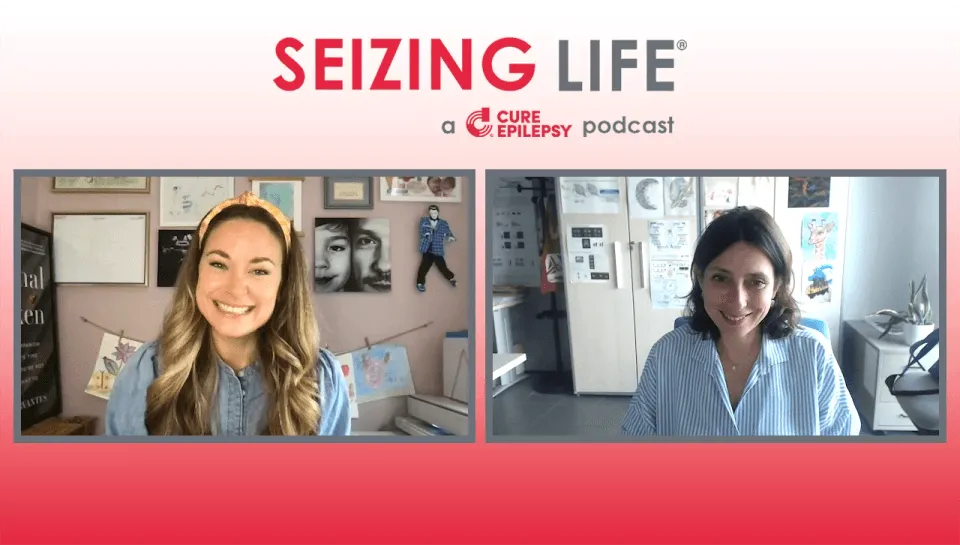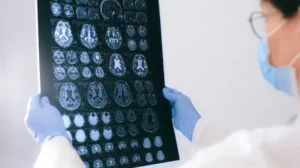Epilepsy AI Tool Detects Brain Lesions Doctors Miss
Article published on BBC
Researchers have developed an artificial intelligence (AI) tool that can detect two-thirds of epilepsy brain lesions doctors often miss. Brain abnormalities called focal cortical dysplasias are characterized by abnormal development of the outermost layer of the brain, or cerebral cortex. This type of brain abnormality is a common cause of epilepsy, especially medication-resistant epilepsy. Removing a small part of the brain can be a safe and effective way of stopping seizures but if radiologists cannot see the tiny lesions on brain scans, diagnosis, treatment and surgery can be delayed.
For this study the researchers from King’s College London and University College London, fed their tool, called MELD Graph, magnetic-resonance-imaging (MRI) scans from more than 1,185 adults and children at 23 hospitals around the world, 703 of whom had brain abnormalities. The tool was able to process the images more quickly than a doctor could – and in more detail – which could mean more timely treatment and fewer costly tests and procedures, said lead researcher Dr. Konrad Wagstyl.
The AI would require human oversight, however, and many of the abnormalities were still missed. “It’s like finding one character on five pages of solid black text,” Wagstyl said. “AI can find about two-thirds of the lesions that doctors miss – but a third are still really difficult to find.” At one hospital in Italy, the tool identified a subtle lesion missed by radiologists, in a 12-year-old boy who had tried nine different medications but still had seizures every day.
According to the researchers, many patients have had years of seizures and investigations before a lesion is found. The researchers are hoping for official approval to use MELD Graph as a diagnostic tool but other trials are needed first to investigate the long-term benefits for patients whose brain lesions are detected with the tool. In the meantime, the research team has made the tool available on open-source software, so it can be used for clinical research by hospitals worldwide, paving the way for more targeted surgery to stop seizures.






